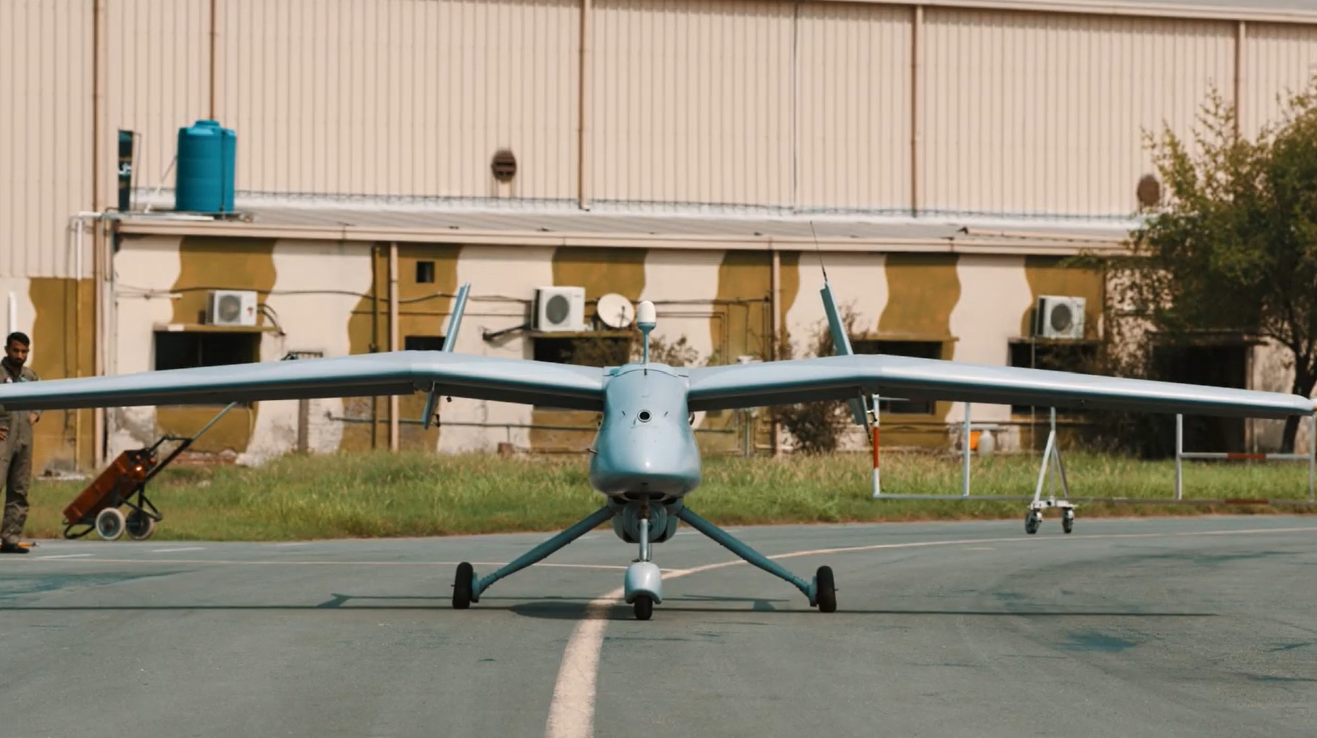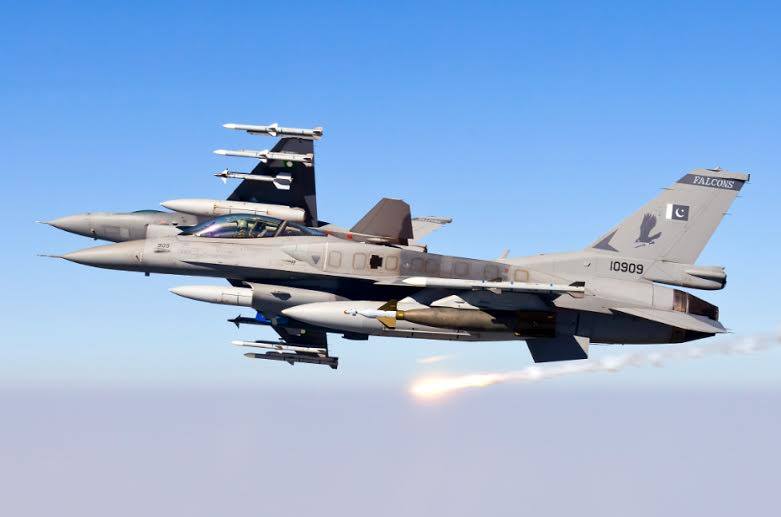2359Views 3Comments

U.S. introduces declaration for guiding armed drone exports
The United States and 40 other countries have issued a Joint Declaration calling for the responsible trade of armed unmanned aerial vehicles (UAV).
Named the “Joint Declaration for the Export and Subsequent Use of Armed or Strike-Enabled Unmanned Aerial Vehicles”, the Joint Declaration outlines the following (summarized) principles:
- Awareness of international law (including the law of armed conflict and international human rights law) when utilizing armed UAVs;
- Applying best practices in terms of exporting armed UAVs, so as to support the peaceful intention of states seeking to adhere to arms control laws and bodies;
- Adherence to existing arms and technology control bodies (e.g. Missile Technology Control Regime) when conducting trade;
- Voluntary transparency measures in terms of reporting armed drone exports;
- To participation in the discussion and formulation of ‘international standards’ regarding the export and use of armed UAVs.
Among the 40 countries to have joined the U.S. in this endeavour, Germany, Italy, South Africa, Sweden, and the United Kingdom could be counted as countries engaged in – or at least capable – of producing armed UAVs in the short and medium-term. Israel, Russia, China, France, Turkey, India, and Pakistan have not (yet) signed onto the Joint Declaration.
Notes & Comments:
The United States had begun proposing to a number of countries the notion of international norms to guide the trade of armed UAVs in September. As evident in the Joint Declaration, these are not binding rules, but broad principles that ought (on the part of the declaring states) to be considered best practices.
Some policymakers hope this could translate into a firmer regulating body (akin to the MTCR), though others are skeptical that such an entity would see sufficient traction considering how profitable the sale of armed UAVs has been for the current market leaders – i.e. China and Israel. The industry analysis firm Avascent projected that the armed UAV market will expand to a volume $1.7 billion U.S. per year by 2024.
U.S. policymakers and industry players are hopeful the Joint Declaration and the subsequent potential for a standardized set of trade rules would provide a strong entry point for the U.S. UAV industry (Aviation Week). However, the reality of armed drone exports today is that the bulk of buyers are not only engaged in contentious counterinsurgency (COIN) operations, but the vast majority of them would not readily pass in terms of the human rights standards a firm body would require of them. For example, Saudi Arabia is among China’s leading armed drone buyers.
The incentive for the likes of China or Russia to enter into such an agreement is, at best, minimal. However, as with the MTCR, the U.S. may be able to pull a large number of other adherents by offering favourable concessions in exchange for tighter trade controls. India, for example, could conceivably further its own UAV programs (especially in possible beyond-line-of-sight applications) if it abides by an MTCR-like UAV trade body.



3 Comments
by Mazhar
What about the first point? hundreds innocent killed in Pakistan in drone attacks. I never forget those 80 children whose madrisa was targeted. Now USA and company has this audacity of carving out a HUMAN RIGHTS clause.
by SP
The 6th generation aircrafts will likely be sophisticated unmanned aircrafts or drones. The US in currently not in a position to export armed drones and it does not want other countries like China to become major players in exports of armed drones. The US does not want to see widespread use of armed drones, as it wants armed drones to a privilege for the few. The US also wants to be ahead of other nations in launching 6th generation aircrafts which are linked to armed drones.
by jamshed_kharian_pak
Pakistanis victims of the killing of USA Drones must bring them to the international court of justice